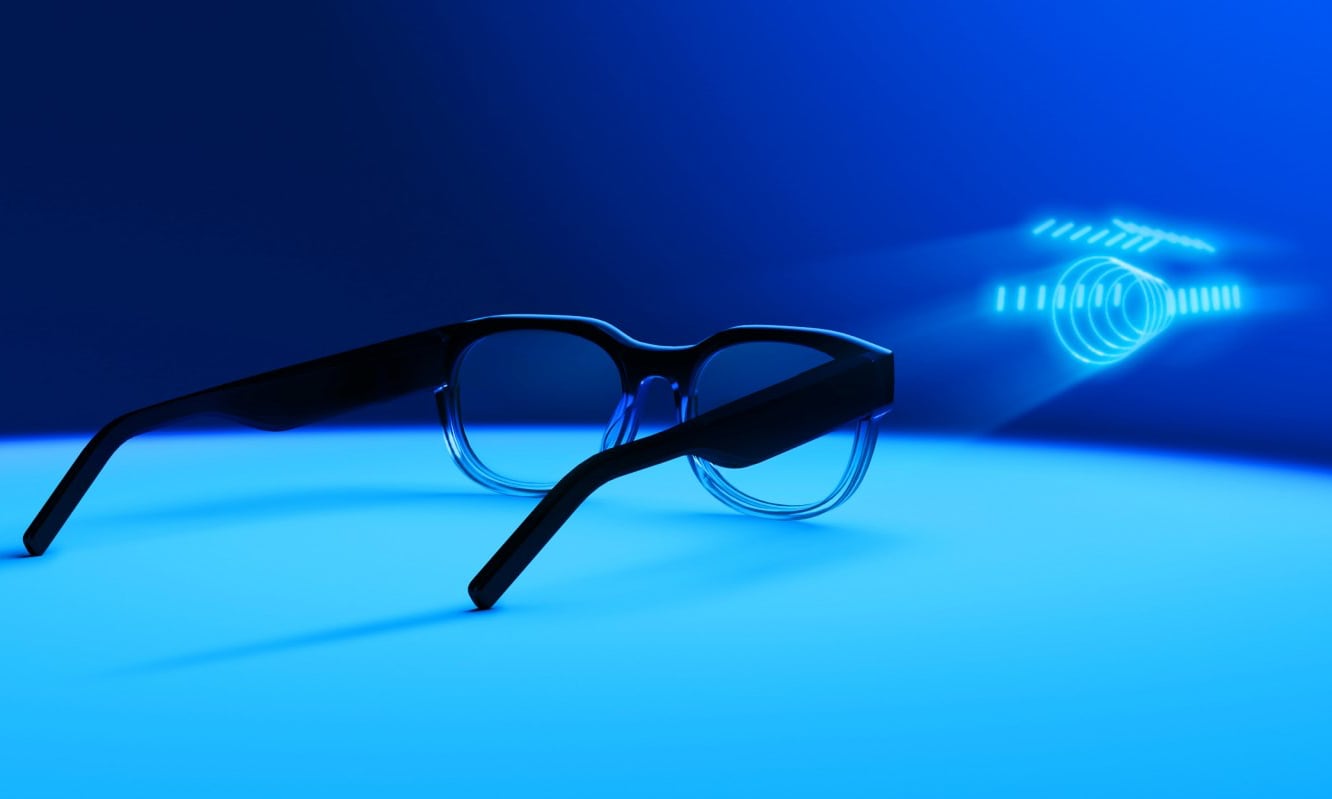Google was one of the first companies to introduce augmented reality to the world. Google Glass, released in 2013, is discussed not only by geeks, but also by people who are not very interested in technology.
It is assumed that Google Glass can become the gadget of the future. But in 2015, consumer devices were on sale, and a replacement was never presented.
However, the company has been developing and supplying new functionality. However, over the past year and a half, Google has canceled both projects, and employees have quit.
Let’s try to make a chronology of the development of events, and at what point Google ran into problems.
July 2016. Google Secret Team.
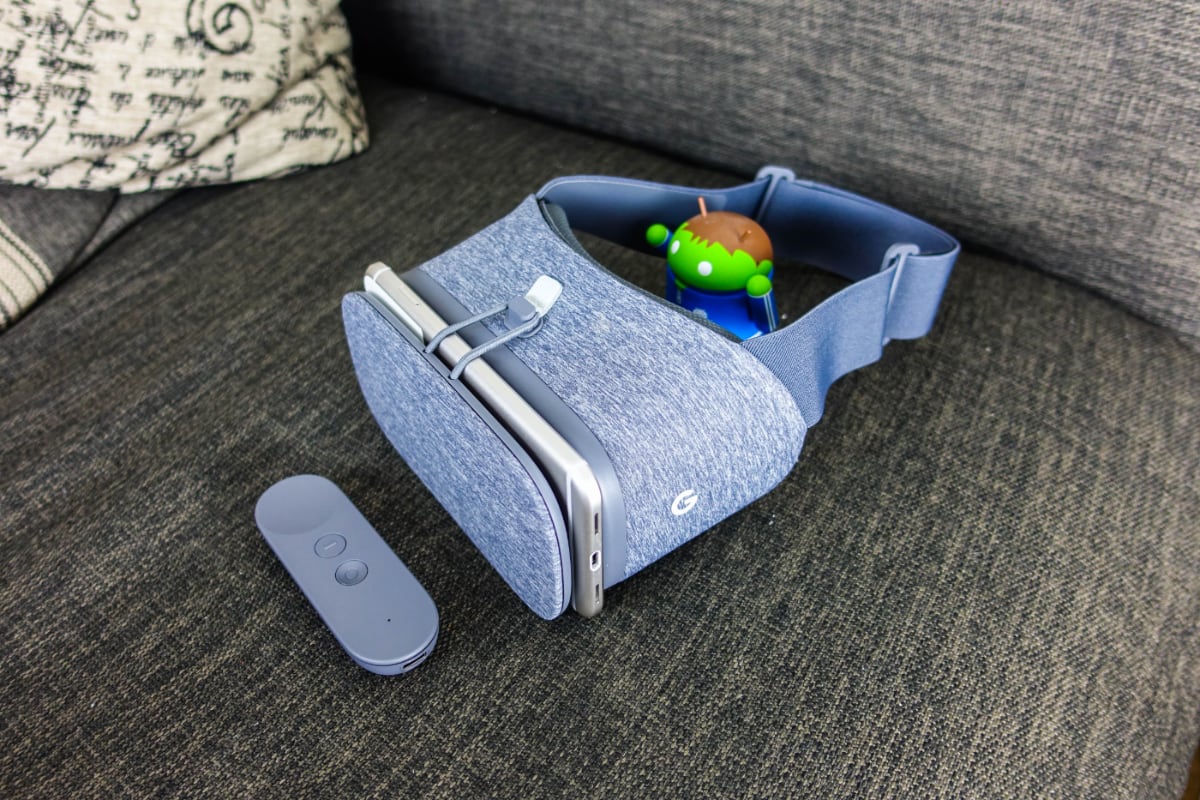
In 2016, Google introduced the Daydream virtual reality headset, in which you had to insert a smartphone to use it as a screen and VR platform.
In early 2016, two months after Daydream was unveiled, Engadget reported that the X (Google’s experiential subsidiary) was a new device, an augmented reality headset that works completely independent of a smartphone. At the same time, it was not completely clear that it was a helmet or glasses, but it follows from the description of the device that it looked more like a helmet.
The source of the publication emphasizes that Daydream is not mandatory for Google, taking into account augmented reality, although it was a top priority at that time. The Daydream project was finally closed in 2019.
The new helmet had screens and was more focused on augmented rather than virtual reality.. At that time, no one named any release date, and the project was quickly forgotten in the public field.
November 2021: Google created the Labs division for augmented reality projects.

At the end of 2021, it became known that Google was resurrecting the Labs division, but under a different concept.
From 2002 to 2011, Google Labs was a public brand under which many of the company’s important products were tested. Among them are Google Docs, Trends, Maps, Talk, Shopping and many others.
The new Labs division is more of a “secret” division of Google that includes augmented and natural reality development, as well as Google’s own start-up incubator Area 120.

Clay Bavor
Clay Bavor, a Google veteran who joined the company in 2005, became the head of Labs. In 2013 he became VP of Google and led Gmail, Google Drive and Docs.
In 2015, he led several Google Augmented and Functional Reality projects, including Cardboard and Daydream.
Clay Bavor reported directly to Sundar Pichai, CEO of Google. They are rumored to be good friends.
January 2022. Google Helmet Project Iris

By January 2022, Google had become heavily involved in the Project Iris mixed reality survey, which resembles the Vision Pro, according to The Verge.
Google device uses search cameras to play computer graphics with real world video stream, more immersive mixed reality experience.
edge
The helmet itself was similar to ski goggles and required no external impression. It ran on Android and was used by Google’s own processor. At the same time, its power was not enough, so the operations performed on Google servers, the helmet simply reproduced the picture.
Project Iris was one of the most secret in Google. It was possible to get into the team’s office using a special key-card, having previously signed a non-disclosure agreement. A team of 300 people worked on the project and was led by Clay Bavor.
At that time, the location was in the early stages of development. It is expected to be presented in 2024.
February 2023. Clay Bavor resigned from Google
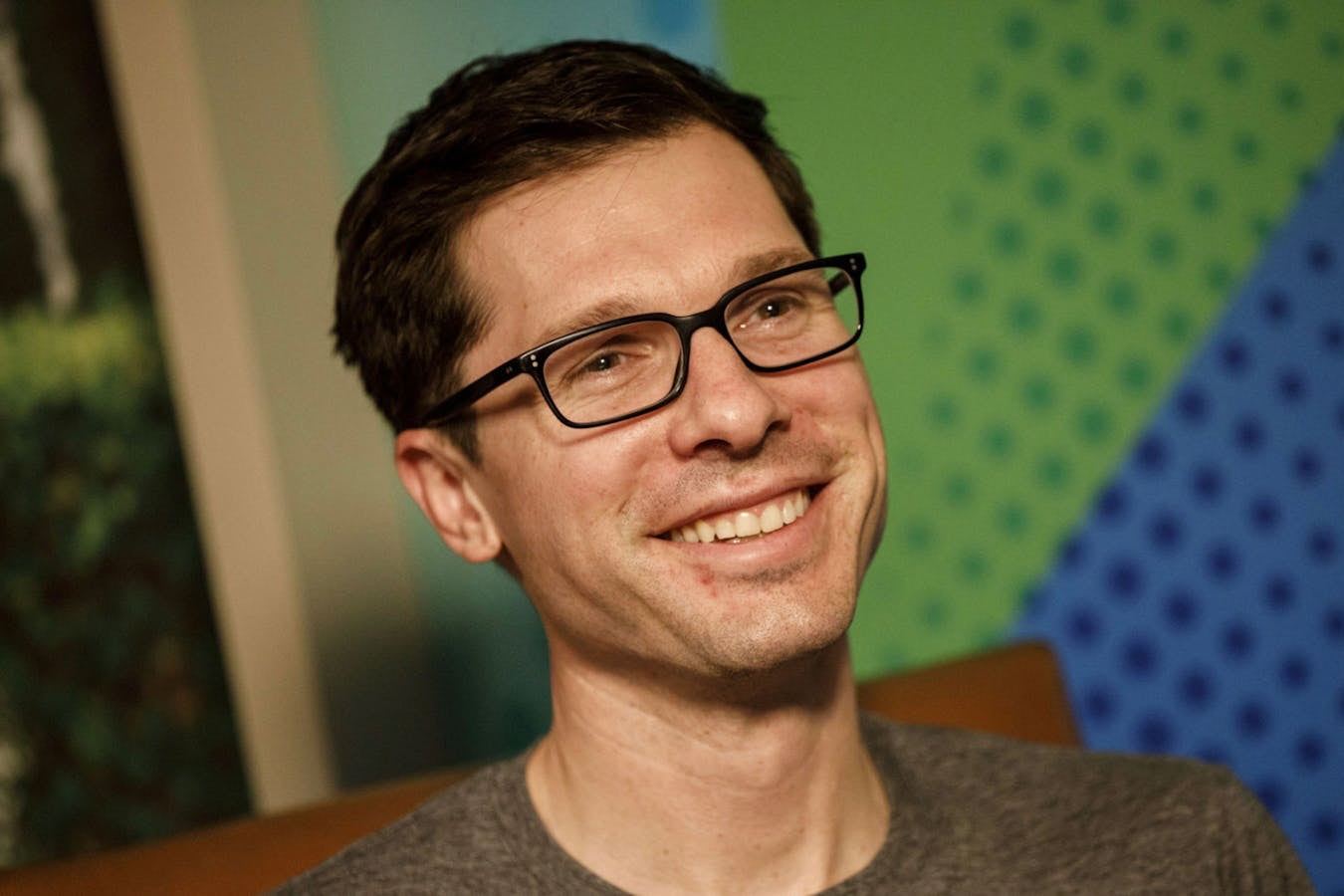
Clay Bavor
Clay Bavor used for all Google projects related to augmented and full reality, so his departure for Google employees came as a surprise.
Bavor said he quit Google after 18 years to start an artificial intelligence startup.
It’s interesting that Google did not look for a replacement for Bavor. Instead, the Labs group that embraced Bavor moved to the Technology & Society department.
Most of the projects in the field of augmented reality have passed under the leadership of Hiroshi Lockheimer, Google’s head of platforms and ecosystems.
March 2023. Google closing support for the corporate version of Google Glass
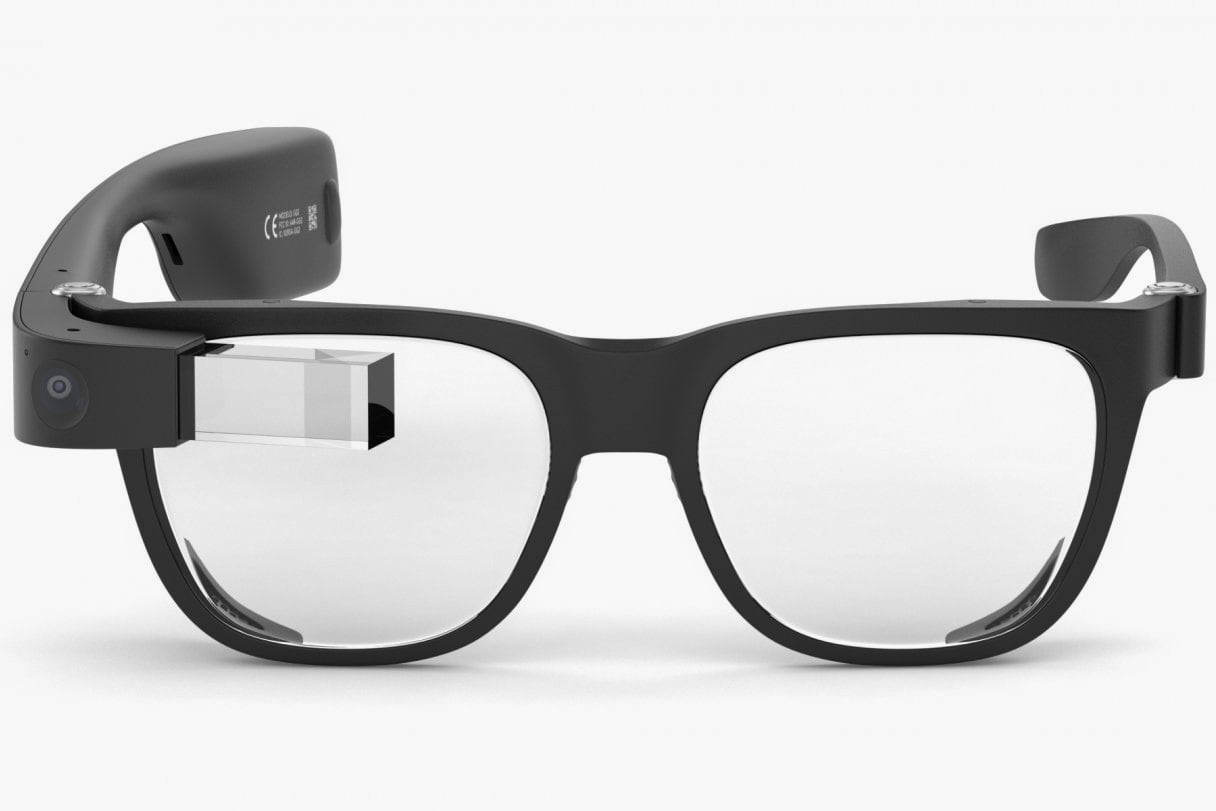
Google Glass Enterprise version 2
While retail sales of Google Glass customers were widespread in 2015, the company continued to sell glasses to corporate customers.
the main buyers were medical, agricultural and industrial companies. Surveys were purchased for employees who were in charge of taking responsibility and a new collection of information was required.
In March 2023, Google announced that it was ending corporate sales of Google Glass, and from September 15, 2023, it will be restoring.
After this date glasses continue to work, but firmware updates will not. Also, the Meet video calling app may stop working at any time.
The Google Glass website now only has a short message in which the company thanks users for “more than a decade of innovation and implementation.”
June 2023. Google shut down Project Iris

Since the beginning of 2022, everything has become known about Project Iris, there has been no new information about the project.
In a release from Business Insider, it is reported that Google has closed a project to study augmented reality events, which had been in development for several years.
Employees of the company anonymously reported that Project Iris includes a series of eyeglass-like devices..
The ski goggles reported by The Verge in January 2022 were actually linked to a Google project co-created with Qualcomm and Samsung. The device was announced in the coming 2023, but without any details.
Google creates and uses Iris as its own product. The first version of the device was similar to the glasses of North, a Canadian startup that Google bought in 2020. The prototype of the second version of Google showed in May last year.
Insiders create that Google has changed frequently. This led to the fact that the Project Iris team was constantly changing, which was counting on employees.
The closure of Project Iris is also due to the departure of Clay Bavora, who is used by Google for full and virtual reality. In addition, a large-scale development arose for the future of the project, as a result of which 12 thousand people were laid off.
June 2023. Google Android App for Augmented Reality
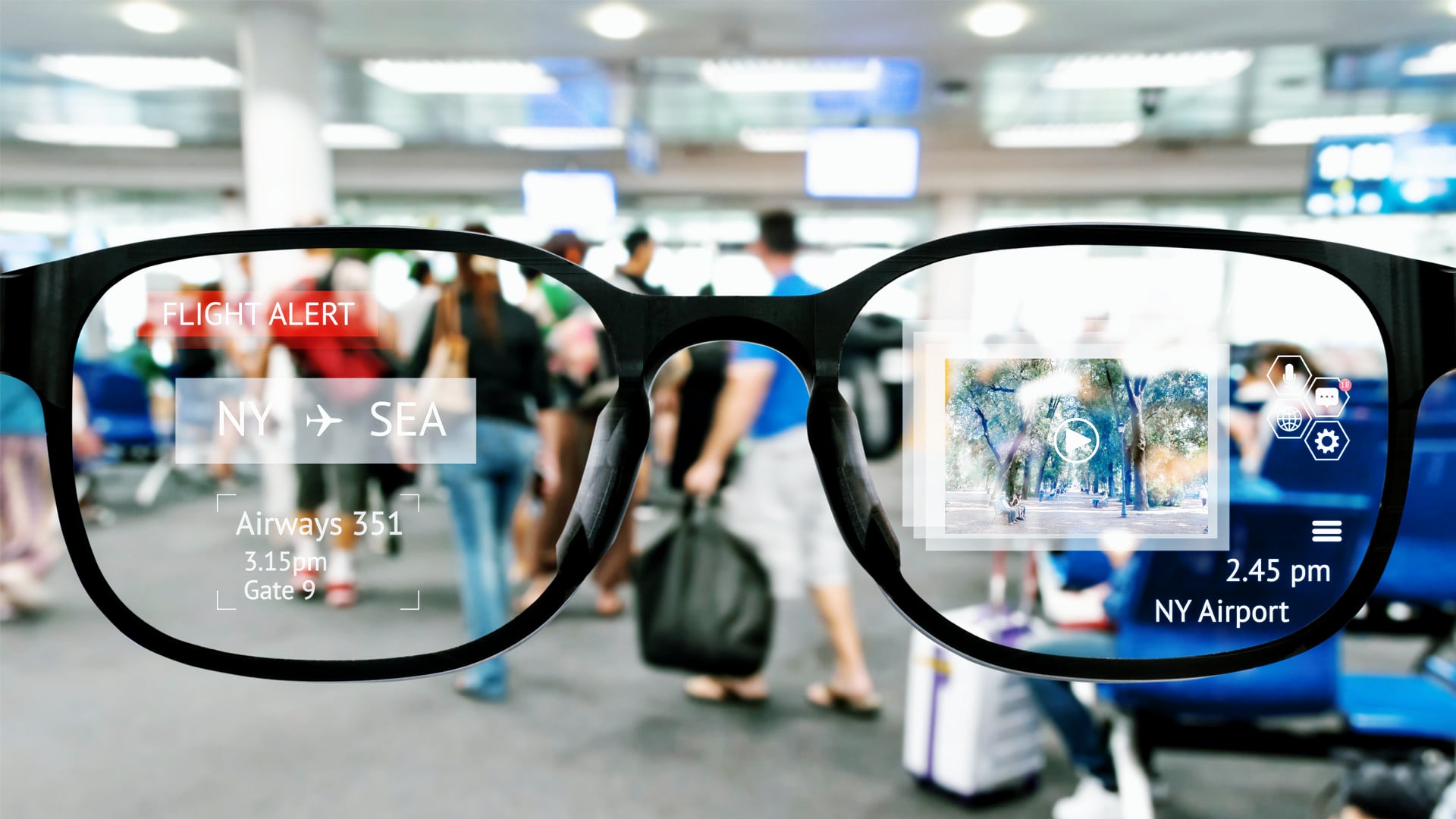
In the same article, Business Insider notes that Google has completely changed devices: instead of releasing an augmented reality device, the company is focused on developing its own AR platforms.
One of her sources is like “Android for Augmented Reality”. Google predicts a micro XR system with a suite of applications that it may offer under license from another manufacturer.
This approach is peculiar to Google. Often there are technologies that work for other manufacturers and then release their own products with the same software.
July 2023. The head of the department for the production of systems for augmented reality quit from Google.
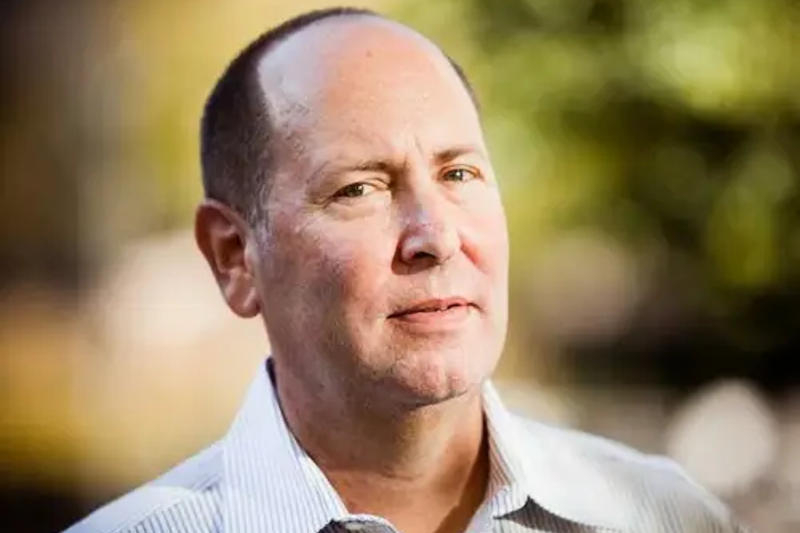
On July 11, Mark Lukowski left Google. He took the position of senior technical director and was engaged in the development of systems and applications for augmented and augmented reality.
In his tweet Lukowski stated that he quit due to “changes in AR detection, unstable persistence and Google’s vision.” Lukowski worked at Google for a year and a half.
Who took over his position is not reported. Google does not comment on this structure in any way.
Augmented Reality Issues at Google Expected and Suddenly
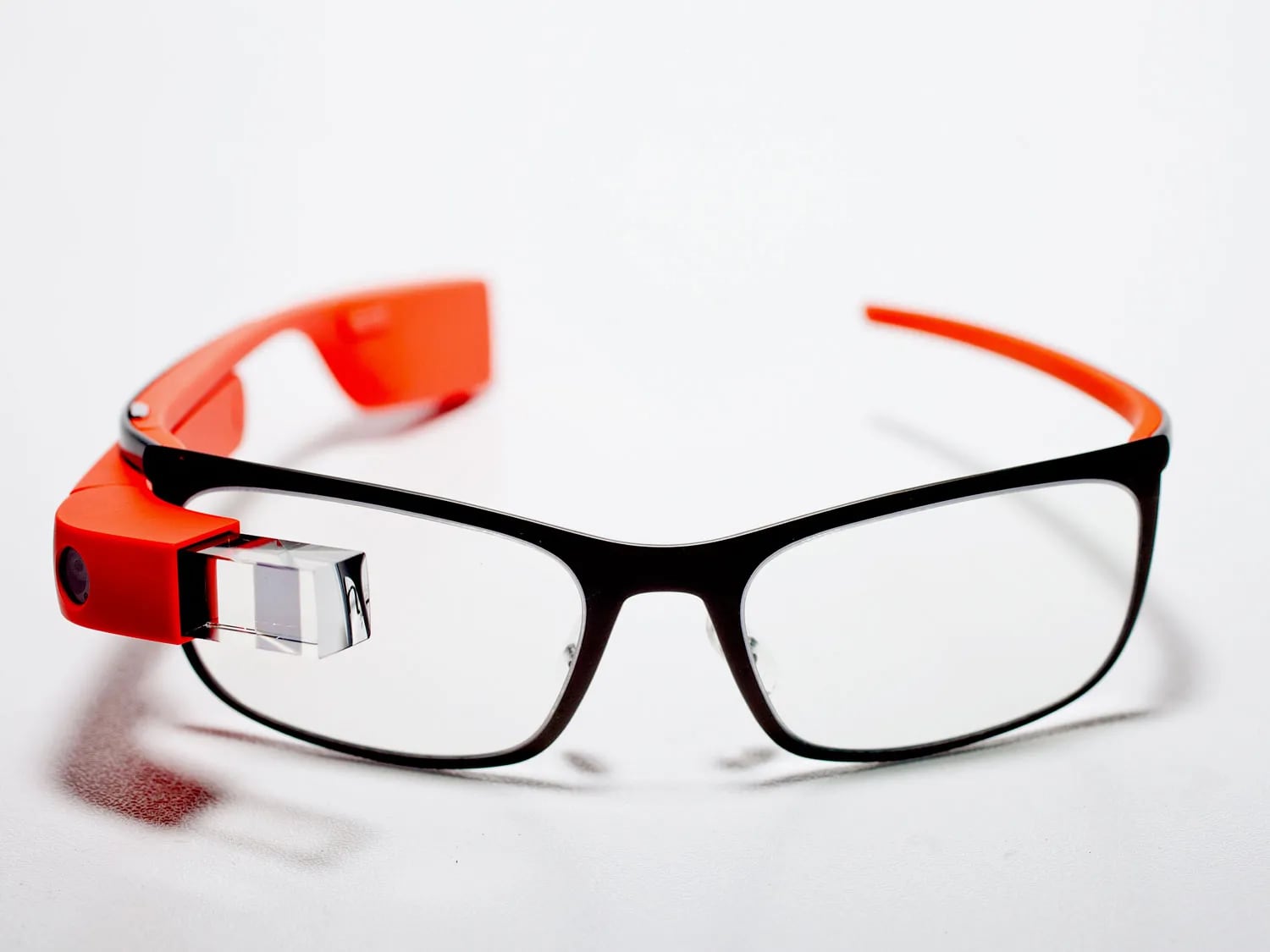
The information that was published in the media until 2023 was supplemented by reality in Google. There were no successes, but Google did not preach obvious problems either.
That all changed this year after the departure of Clay Bavor, who used to go full augmented reality at Google. Immediately after that, the company began to close one AR project, and other employees quit after Bavor.
Possibly part of Google’s plans are expected to showcase the Apple Vision Pro. The Apple helmet has set a very high bar for the entire industry.
And although Mark Zuckerberg is not worried about this, Google management changed the view after the announcement of Vision Pro. But there is no confirmation of this.
Source: Iphones RU
I am a professional journalist and content creator with extensive experience writing for news websites. I currently work as an author at Gadget Onus, where I specialize in covering hot news topics. My written pieces have been published on some of the biggest media outlets around the world, including The Guardian and BBC News.






